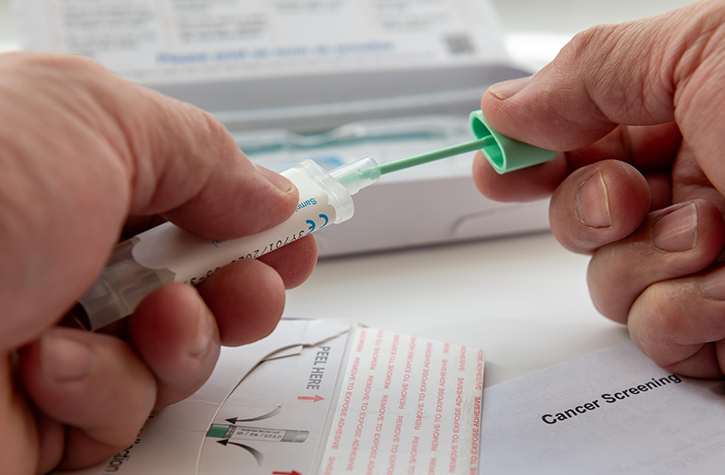Most of the time, the older woman seemed sharp. But increasingly, she became confused and disoriented — a case of “intermittent dementia,” one doctor speculated. Further tests were ordered, and then another diagnosis emerged.
It wasn’t dementia at all. It was hypoglycemia, or low blood sugar. The woman had diabetes and was taking too much medication. Once the doses were lowered, her cognitive symptoms disappeared.
Dr. Kasia Lipska, an instructor at Yale School of Medicine, told me this story as she described hypoglycemia among older adults, a growing concern. Recently the Centers for Disease Control and Prevention reported that 29 million Americans have diabetes, up from 26 million in 2010.
Older adults with diabetes are more likely than younger people to have bouts of low blood sugar because of altered kidney function, other medical conditions, other medications that interact with their diabetes drugs and a reduced ability to sense the warning signs of hypoglycemia: shakiness, sweatiness, dizziness, weakness, a feeling of intense hunger and blurred vision, among others. When glucose circulating in the blood plummets precipitously, people can collapse, lose consciousness, become delirious and die.
Yet physicians, trained to aggressively control elevated glucose levels, or hyperglycemia, haven’t always paid close attention to the risk of too little glucose in older people with diabetes. “In the past, low blood sugar reactions seem to have been thought of as the price we pay for blood sugar control, and there wasn’t as much concern,” Dr. Lipska said. “Now, we’re recognizing that these reactions are much more common than we previously thought and not as benign.”
A study published in JAMA Internal Medicine, for which Dr. Lipska was a co-author, documented a notable rise in hospital admissions for hypoglycemia among nearly 34 million older adults on Medicare between 1999 and 2011.
During that period, admissions for hypoglycemia jumped 11.7 percent, while admissions for hyperglycemia fell by 38.6 percent. The increase was particularly striking among adults aged 75 and older, who were hospitalized nearly twice as often for hypoglycemia as adults aged 65 to 74.
The trend began to slow after 2007, most likely because major clinical trials showed uncertain benefits and unexpected harms from intensive blood sugar control. Still, the study noted, “hospital admission rates for hypoglycemia now exceed those for hyperglycemia among older adults.”
That’s not to say that the management of blood sugar in all older adults with diabetes is overly aggressive. But it does imply that doctors may need to improve treatment for an especially vulnerable group — frail diabetes patients with multiple medical conditions and compromised functioning, according to Dr. Jeffrey Halter, a professor of internal medicine and director of the Geriatrics Center at the University of Michigan.
“It’s a systems failure when older adults get hypoglycemia,” since most of these cases are preventable, he said.
Further evidence that hypoglycemia deserves more attention in older diabetes patients comes from another study published earlier this year, also in JAMA Internal Medicine. That report examined 72,310 patients with Type 2 diabetes aged 60 and older who were treated by Kaiser Permanente in Northern California.
The study found that hypoglycemia was the third most common complication in adults aged 70 and older who had had diabetes for at least 10 years.
The authors’ conclusion: “As long-term survivorship with diabetes increases and as the population ages, more research and public health efforts to reduce hypoglycemia will be needed.”
For older people with diabetes and their caregivers, the implications are clear. “Be on the lookout for symptoms of hypoglycemia, make sure you report these to your physician and be actively engaged in making treatment decisions,” Dr. Lipska said.
This article was originally published in the New York Times on Oct. 13, 2014,






